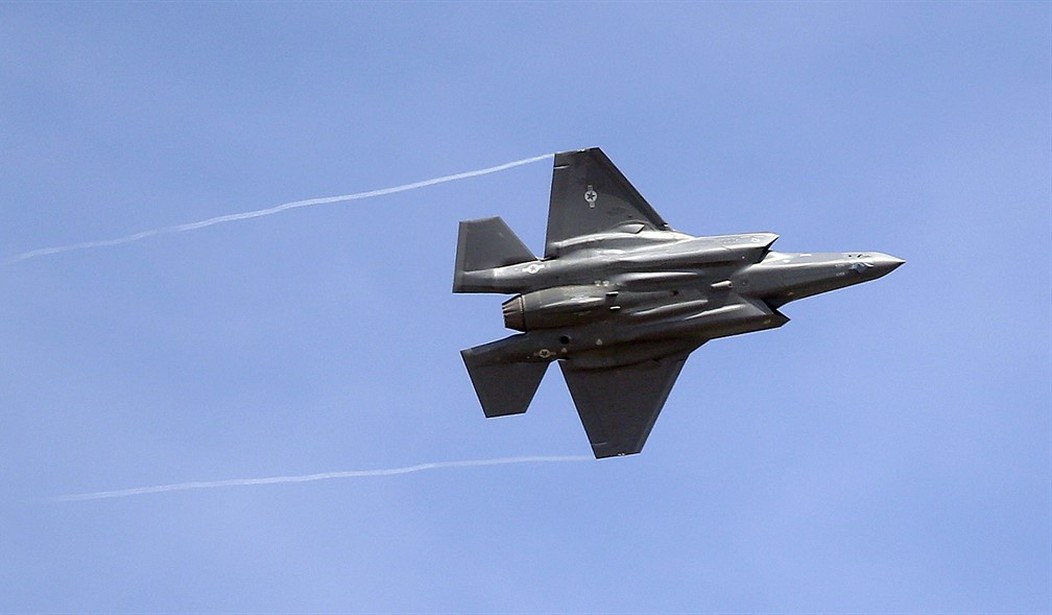The U.S. Air Force has suspended bonuses and promotions until the end of the fiscal year due to “higher-than-expected costs,” according to a statement from the service Monday. The suspensions could affect tens of thousands of service members, according to an Air Force official.
At the same time. the Congressional Research Service published data showing that nearly 40% of U.S. Navy attack submarines are out of commission, putting the U.S. in a perilous position vis-à-vis China. China has a numerically superior naval force, and the U.S. relies on its attack subs to make up the difference. The Naval Sea Systems Command said that “planning, material availability, and shipyard execution,” were at fault.
The FY 2024 defense budget is $842 billion, an increase of $26 billion over FY 2023 outlays and $100 billion more than FY 2022.
Budget shortfalls are not uncommon close to the end of the fiscal year. But these shortfalls are coming three months before the new fiscal year begins.
The Air Force is also pausing certain bonus payments for service members, including reenlistment bonuses and extra incentive pay for difficult or extended assignments. The bonus payments are expected to resume when the new fiscal year begins.
The suspension also affects airmen expected to return to the United States from living overseas. The Air Force said these service members will have their moves, originally scheduled for later this year, delayed by several months into early next year.
Air Force funding shortfalls usually result in cutting flying hours, so the shortfall affecting personnel is unusual.
As for a large number of attack subs in drydock, the maintenance issues causing the problems are being addressed but are a long way from being solved.
The maintenance backlog has “substantially reduced” the number of nuclear submarines operational at any given moment, cutting the “force’s capacity for meeting day-to-day mission demands and potentially putting increased operational pressure” on submarines that are in service, CRS naval analyst Ronald O’Rourke said in a July 6 report.
The Pentagon recently changed its policy, which now calls for increased visibility of our subs worldwide in order to deter China. Obviously, our subs aren’t doing much good at deterring China if they’re laid up.
One current example of the extreme backlog is the USS Connecticut, one of three premier Seawolf-class submarines. It struck an underwater mountain in the South China Sea 20 months ago and won’t be back in service until early 2026 at the soonest.
The best year for attack sub availability was fiscal 2015 when 19% — or 10 of the then 53 subs — were in overhaul, according to figures contained in a June 13 Navy information paper.
The Navy is five years into a 20-year plan to redesign the four U.S. shipyards. And the service still doesn’t have reliable cost or schedule estimates. The scary part is that we’re not ready to face China in a conflict where so much will depend on the U.S. Navy.










Join the conversation as a VIP Member